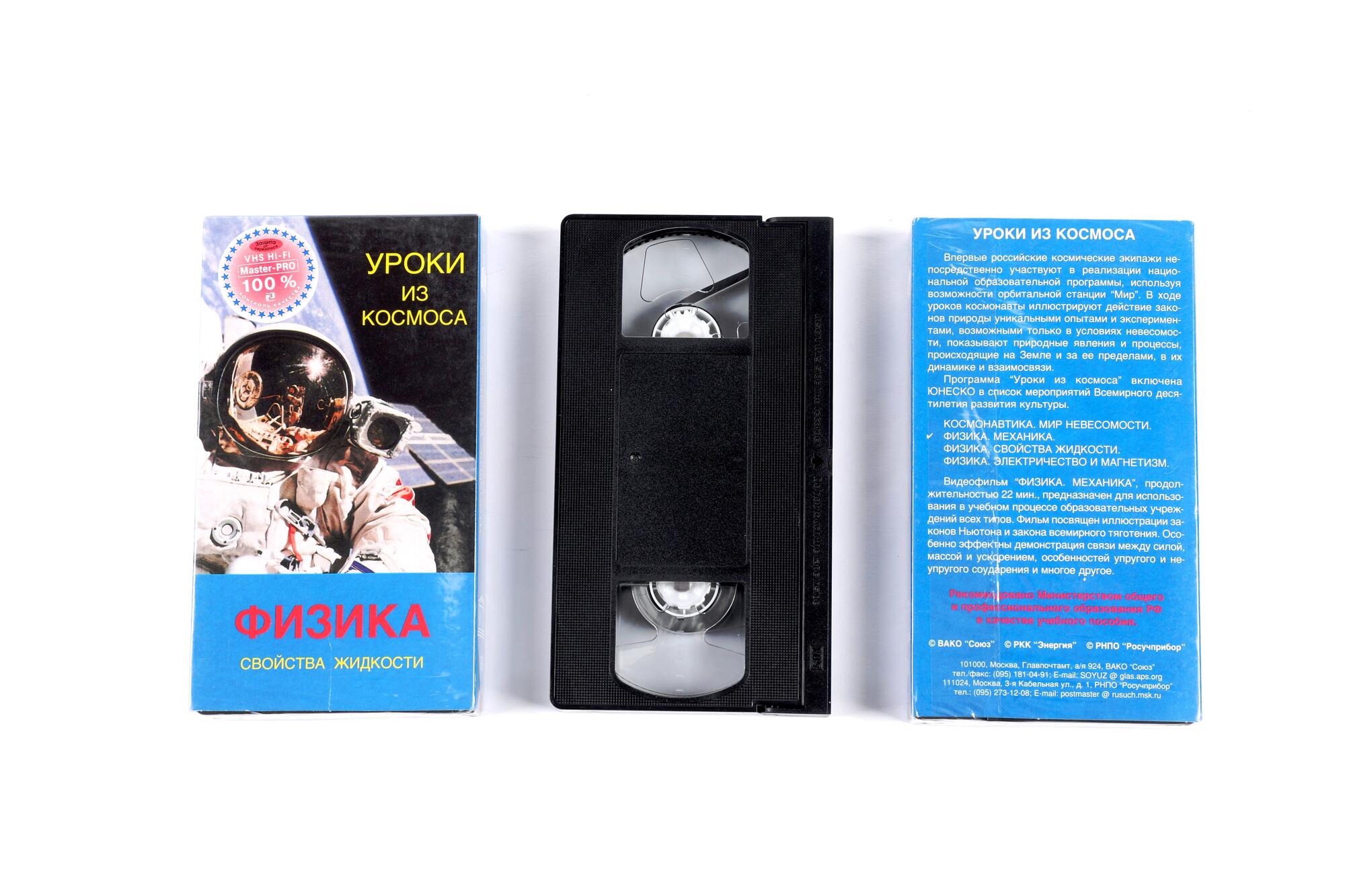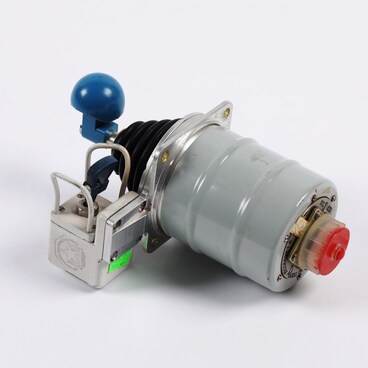Alexandr Alexandrovich Serebrov, Soviet pilot and cosmonaut, Hero of the Soviet Union and Honored Citizen of the city of Kirov. The crews of the first Russian space expeditions took advantage of the opportunities offered by the Mir space station to make a personal contribution to Russia’s national education program. The cosmonauts led classes, during which, in a series of unique experiments that are only possible in zero gravity conditions, they illustrated some of the laws of nature and demonstrated phenomena and processes that occur on Earth and in space, showing how they develop and relate to each other. The programme consisted of six films: Cosmonautics — The World of Zero Gravity. Physics — Mechanics Physics — The properties of Liquids Physics - Electricity and Magnetism Geography, and Bringing the Map to Life. The films are 20–25 minutes long are were designed to be viewed during school lessons — they can be paused for discussions.
This was a real breakthrough, as live broadcasts from space were extremely expensive and were technically very difficult. But there was not enough money to make and distribute these videocassettes in large numbers of copies, and so only a limited number of school children were able to watch them.
“As an organic part of the school program, Lessons From Space can help make people more aware, and change their way of thinking. That is just what was in our minds when we decided, with the support of Mission Control Center, to make a series of films especially for schoolchildren while we were in orbit”, said Alexandr Serebrov, in an interview with Rossiyskaya Gazeta dated 28.08.2007.
In zero gravity conditions many physical processes take place rather differently from the way we are used to seeing them taking place on earth. Even very experienced scientists are sometimes unable to predict the results of a given experiment when it is conducted in space. That is why these experiments help promote public understanding of the fundamental laws of physics, and the inclusion of so-called “lessons from space” is seen as one way to improve the quality of science education.
These interesting and educational films were given to the museum by Alexandr Serebrov, the developer and presenter of the Lessons from Space.
This was a real breakthrough, as live broadcasts from space were extremely expensive and were technically very difficult. But there was not enough money to make and distribute these videocassettes in large numbers of copies, and so only a limited number of school children were able to watch them.
“As an organic part of the school program, Lessons From Space can help make people more aware, and change their way of thinking. That is just what was in our minds when we decided, with the support of Mission Control Center, to make a series of films especially for schoolchildren while we were in orbit”, said Alexandr Serebrov, in an interview with Rossiyskaya Gazeta dated 28.08.2007.
In zero gravity conditions many physical processes take place rather differently from the way we are used to seeing them taking place on earth. Even very experienced scientists are sometimes unable to predict the results of a given experiment when it is conducted in space. That is why these experiments help promote public understanding of the fundamental laws of physics, and the inclusion of so-called “lessons from space” is seen as one way to improve the quality of science education.
These interesting and educational films were given to the museum by Alexandr Serebrov, the developer and presenter of the Lessons from Space.



